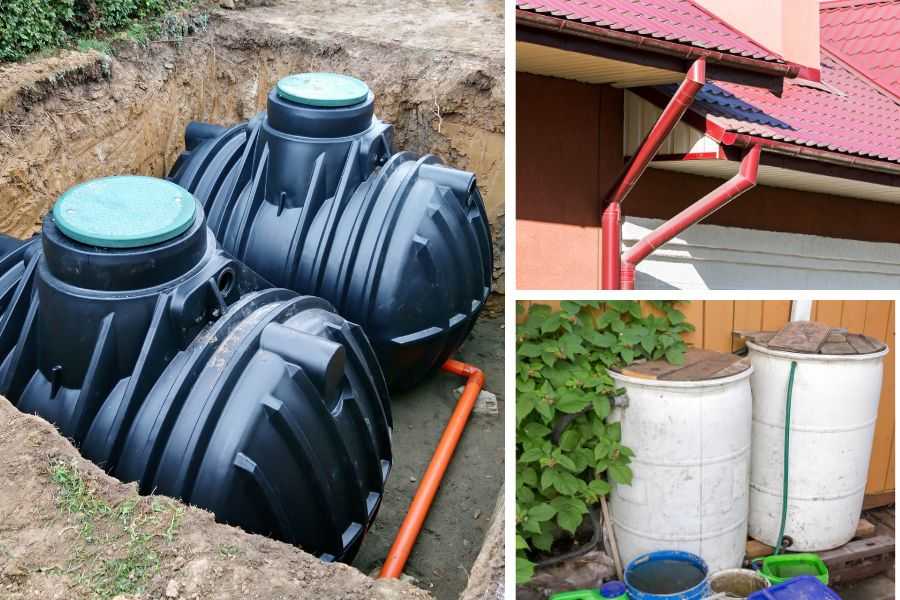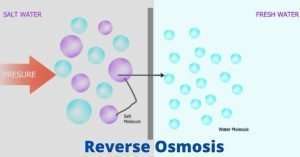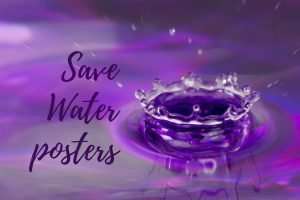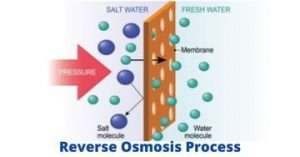Water scarcity is a growing problem in the world. Now we need efficient water management by which we can get out of this problem. One such method gaining popularity is rainwater harvesting, a simple and effective way to conserve water resources. Now we are discussing the importance of rainwater harvesting and how we can do it. Also, discuss the advantages and disadvantages of rainwater harvesting and how you can implement it in your daily life.
Rain Water Harvesting method and Techniques
Rainwater harvesting is collecting, storing, and using rainwater for various purposes such as irrigation, household use, or groundwater recharge. There are several techniques to harvest rainwater, including:
Rooftop Rainwater Harvesting
Rooftop rainwater harvesting is one of the easy methods. It involves collecting rainwater from the roofs of buildings and channelling it to a storage tank or system. This method is ideal for urban areas and can significantly reduce the demand for mains water supply.
Surface Runoff Harvesting
Surface runoff harvesting collects rainwater from the ground, parking lots, and other paved surfaces. This method is more suitable for rural or agricultural areas.

Rain Gardens and Swales
Rain gardens and swales are landscaping features that collect and filter rainwater. They are used in urban and rural areas to reduce runoff, reclaim groundwater, and improve water quality.
Rainwater Harvesting Benefits
Implementing rainwater harvesting systems offers numerous benefits, including:
1. Water Conservation
Rainwater harvesting helps reduce the demand for potable water from municipal sources, thus conserving water resources for future generations.
2. Reduced Water Bills
You can reduce your water bill by using collected rainwater for non-potable uses such as irrigation and flushing toilets.
3. Environmental Benefits
Rainwater harvesting reduces runoff, reducing soil erosion and the risk of flooding.
4. Groundwater Recharge
Collected rainwater can recharge the groundwater aquifers, thus maintaining the groundwater level.
Disadvantages of Rainwater Harvesting
Despite its many benefits, there are some drawbacks to rainwater harvesting:
1. Initial Costs
Installing a rainwater harvesting system can be expensive & need initial investment.
2. Maintenance
Rainwater harvesting systems require regular Maintenance, such as cleaning gutters and filters, to ensure optimal performance.
3. Water Quality
Harvested rainwater may contain pollutants or contaminants, so it may not be suitable for drinking without proper treatment.
Conclusion:
Rainwater harvesting is an effective and environmentally friendly method of conserving water resources. By adopting rainwater conservation measures in our homes, businesses and communities, we can ensure water supplies for future generations.




